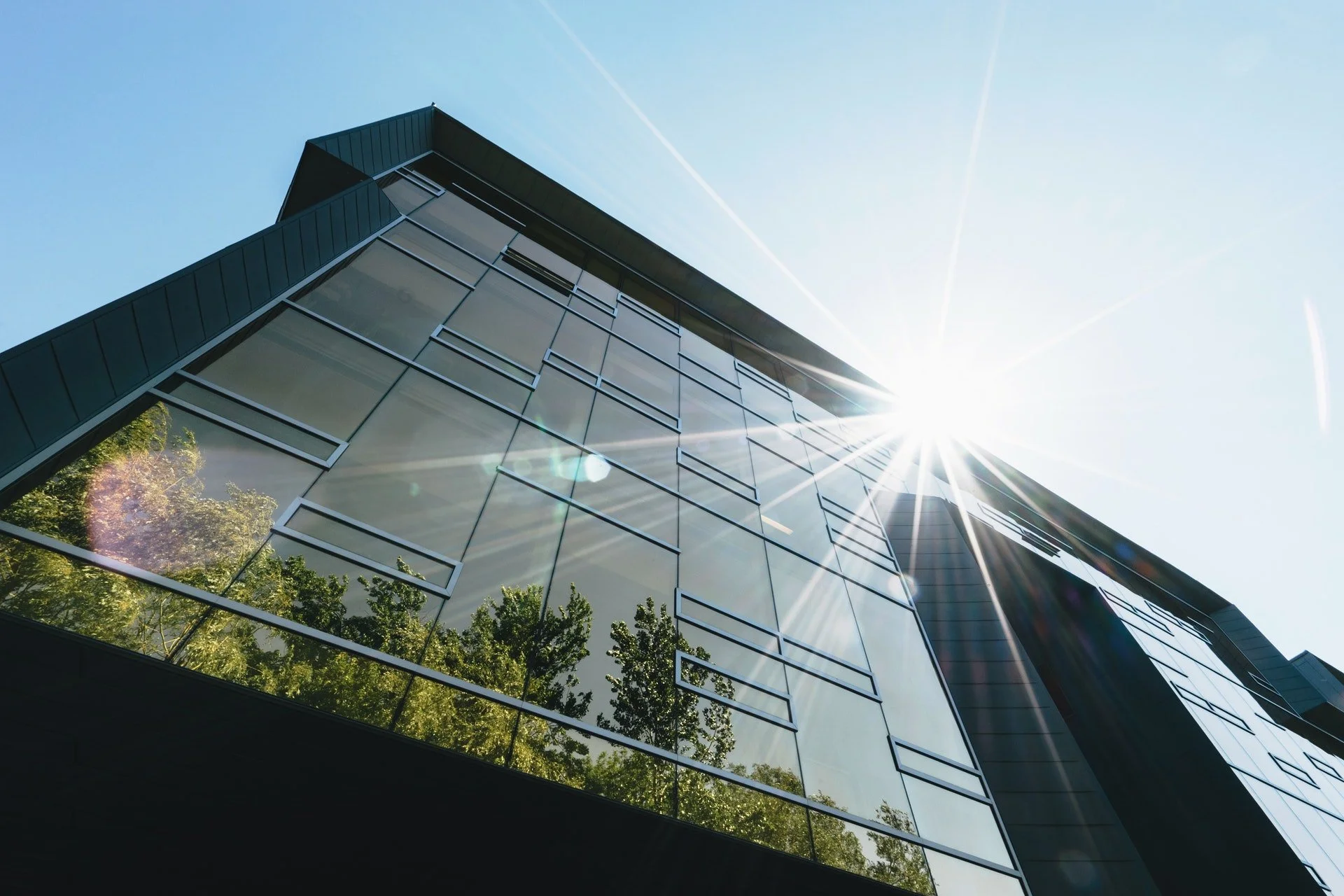Source: Pexels
It's no secret that New York City is an urban jungle. But what many people don't realize is that, despite its concrete landscape, the city is working hard to green up its act. In fact, a growing number of building owners, contractors, engineers, and architects are committed to making NYC more sustainable – one construction project at a time.
So why the push for sustainability? For starters, it's good for the environment. And as more and more people move into cities, it's important to find ways to make these densely populated areas more livable – which includes reducing pollution and finding efficient ways to use resources like energy and water.
Green Building Materials
In order to build a greener future in New York City, it is important to use green materials. Green materials are those that are environmentally friendly and sustainable. They can help reduce energy consumption and greenhouse gas emissions. Some examples of green materials include bamboo, cork, recycled glass, and wool insulation.
Bamboo is a great choice for flooring because it is durable and easy to install. Cork is another good option for flooring. It is made from the bark of cork oak trees, which regrows every nine years. Recycled glass can be used for countertops, tiles, and even flooring. Wool insulation is a good choice for homes because it helps keep rooms warm in the winter and cool in the summer.
Using green materials can help reduce environmental impacts and build a greener future for New York City. Green materials are sustainable and environmentally friendly, making them a great choice for homes and businesses. They can help reduce energy consumption and greenhouse gas emissions, making our city more sustainable. Green materials are a good way to help build a greener future in New York City.
The Importance of Sustainability
New York City is one of the most densely populated places on Earth. As the city continues to grow, it becomes increasingly important for New Yorkers to think about how we can make our city more sustainable. Sustainability is key to creating a greener future for New York City – it means using resources wisely and taking into account the impact of our actions on future generations.
There are many ways that New Yorkers can work towards sustainability. We can reduce our energy consumption by making our homes and businesses more energy-efficient. We can recycle and compost our waste instead of sending it to landfills and use public transportation or bikes instead of driving cars.
Sustainability is important not just for the environment, but for our economy as well. Green businesses are growing rapidly, and investing in sustainability can help New York City businesses stay competitive. In addition, sustainable practices can save businesses money in the long run by reducing energy and waste costs.
Source: Pexels
LEED Certification
LEED, or Leadership in Energy and Environmental Design, is a certification program that recognizes buildings and homes that have been designed and built using environmentally friendly practices. LEED certified buildings often boast reduced energy costs, improved air quality, and other green features.
In New York City, there are a number of LEED certified buildings. Some of the most notable include the Hearst Tower, Chelsea Market, Goldman Sachs headquarters, and the new World Trade Center.
If you’re looking to build or renovate a building in NYC, LEED certification may be a good option for you. LEED certification can be obtained at any stage of a project, from pre-design to construction and post-occupancy. LEED certification can be expensive, but it’s worth it for buildings that want to reduce their environmental impact.
If you want to learn more about LEED certification in New York City, contact the United States Green Building Council.
Green Roofs
Green roofs are an important part of green infrastructure, which is key to helping New York City reach its goal of becoming a more sustainable and resilient city. Green roofs can help reduce the amount of stormwater runoff that enters the city’s sewer system, improve air quality, and provide habitat for wildlife. In addition, green roofs can help reduce energy costs by providing insulation and cooling benefits.
There are several types of green roofs, including intensive green roofs, semi-intensive green roofs, and extensive green roofs. Intensive green roofs are the most common type and are typically used on commercial or residential buildings. They usually have a soil depth of six to 12 inches and are planted with a variety of plants, including trees and shrubs.
Semi-intensive green roofs are less common and are usually used on larger buildings. They have a soil depth of 12 to 24 inches and are planted with a variety of plants, including trees, shrubs, and flowers. Extensive green roofs are the most common type of green roof in New York City and are typically used on smaller buildings. They have a soil depth of two to four inches and are planted with grasses and low-growing plants.
Green roofs can be installed on new or existing buildings. There are several green roof manufacturers in New York City, and many installers offer green roof installation services.
New York City's Commitment to Green Construction
New York City is quickly becoming a leader in green construction, with an increasing number of LEED-certified buildings and a commitment to using more sustainable materials. If you're looking for an engineer who can help make your next project more environmentally friendly, look no further than Engineering Solutions. We have the experience and expertise necessary to help your building achieve LEED certification or use green roofing, solar panels, and other sustainable materials. Give us a call today to get started!



